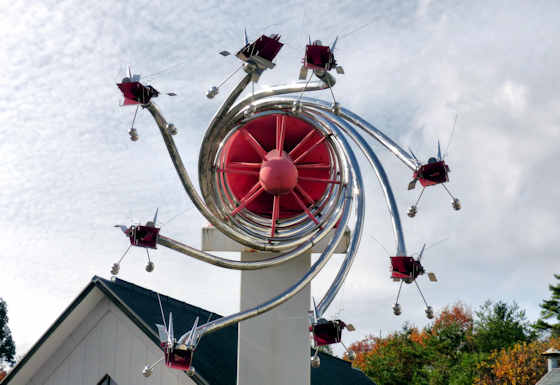Friday, August 4, 2023
Seisuiji Temple 7 Iwami Kannon Pilgrimage
Labels:
bishamonten,
Fudo Myojin,
iwami ginzan,
iwami33,
shingon,
temple,
world heritage
Wednesday, August 2, 2023
Nagasakiminato Ferry Terminal
I am quite fond of Takamatsu's work as we have a lot of his buildings in Shimane.
Labels:
Architecture,
ferry,
kyushu108,
nagasaki,
Shin Takamatsu
Tuesday, August 1, 2023
Tanezaki to Kajigaura Ferry
The ferry connects Kajigaura on the East side of the bay with Tanezaki on the Nagahama side, a distance of about 600 meters
The previous post in this series that explores sights seen between the temples on the Ohenro Pilgrimage was Ishizuchi Shrine.
Monday, July 31, 2023
Kanko Maru
She was tied up in Nagasaki on the day I visited as part of my walk around Kyushu on the Kyushu Pilgrimage. The previous post was on the nearby Dragon Promenade.
Sunday, July 30, 2023
Misosogi Shrine Kurotsuchi
There was no info at the shrine but I am going to presume that, historically at least, the enshrined kami is Rokugo Gongen.
Labels:
komainu,
kunisaki,
Kunisakihanto Minemichi Long Trail,
kyushu fudo,
oita
Saturday, July 29, 2023
Dragon Promenade Nagasaki
The previous post was a Day 59 overview.
Labels:
Architecture,
kyushu108,
nagasaki
Friday, July 28, 2023
Yamata no Orochi
The idea of sacrificing humans to a river is fairly widespread around the world as well as here in Japan. I found a riverbank monument to a local lord who was praised by locals when he switched from burying live humans in the river bank to burying clay figures, and stories of human sacrifice to protect new bridges and castle walls are fairly common.
The previous post in this series exploring Okuizumo was the Yokota Folk Museum.
Subscribe to:
Posts (Atom)



































































